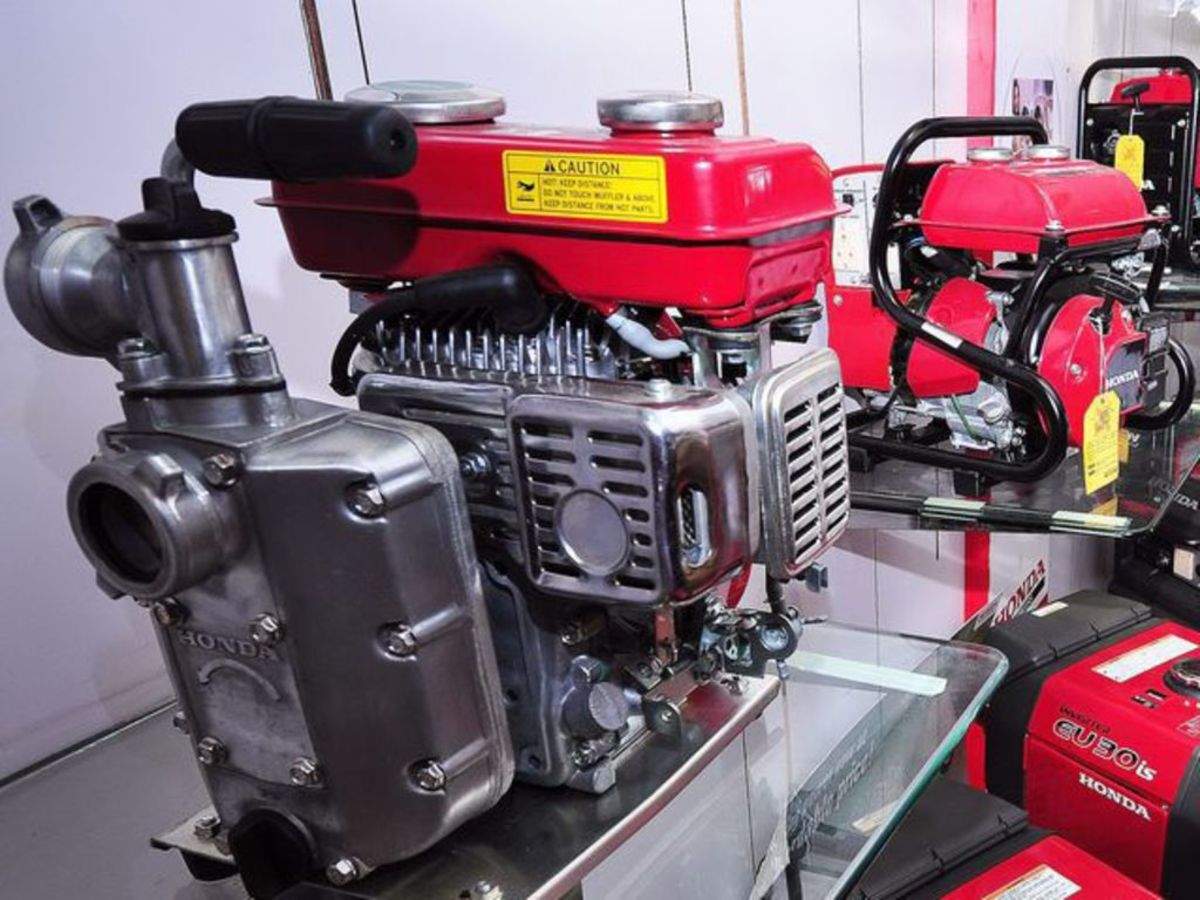Figuring out the right size generator you need in a power outage really boils down to two main questions:
(1) which appliances and devices you’ll run, and
(2) which of these you’ll run at the same time.
Before answering these, however, you’ll need to consider if the main purpose for this generator is emergency power at home or something else — for example, for portable power at a construction site.
With this in mind, to answer the first question think of all the devices you’ll want to operate in a short duration outage (1-2 days) and those you’ll need in a longer outage (longer than a couple of days).
The second question is important because, while you’ll probably run a number of different devices, they don’t need to be operated at the same time. Consider what things are absolutely necessary to run; for example, a water pump for drinking water, refrigerator, oven, medical equipment, a furnace if you live in a cold climate, and so on. Then consider what additional devices would be convenient or possibly even necessary in a longer power outage, such as a television and laptop.
Now, with this information you can estimate the “running wattage” and “surge wattage”. The running wattage is just what it sounds like it is–the amount of power required to run a device at normal load. The surge wattage is the surge of extra power required to start the device’s electric motor.
How to Use this Table
The typical energy consumption of common household devices are shown, including running wattage and surge wattage, that you can use to estimate the size generator you’ll need. Simply add up the total running watts for all the devices you’ll run at the same time. This is the minimum wattage you’ll need to run them continuously at the same time. Do the same for the surge watts; this is the minimum surge wattage you’ll need to start all the devices at the same time.
For devices not on this list check the rating plate label on the device itself, its operator’s manual, or visit the manufacturer’s website. If you know the amps, you can calculate the wattage using this formula: Amps X Voltage = Watts. Household devices mostly operate on 120 volts, except large appliances such as large appliances like stoves, ovens, refrigerators and clothes washing machines and dryers, which operate on 220 volts.
| Device/Appliance |
“Running” watts |
“Surge” watts |
|---|---|---|
| Coffee maker | 1,750 | 0 |
| Dishwasher | 700 | 1,400 |
| Electric fry pan | 1,300 | 0 |
| Griddle | 1,200 | 0 |
| Electric Range | 2,100 | 0 |
| Microwave (700 watt) | 700 | 900 |
| Refrigerator (full size) | 700 | 2,200 |
| Refrigerator (under counter size) | 350 | 500 |
| Freezer | 700 | 2,100 |
| Crockpot | 250 | 0 |
| Clothes washing machine | 750 | 2,300 |
| Electric clothes dryer | 1,800 | 5,800 |
| Toaster (2 slice) | 850 | 0 |
| Laptop computer | 75 | 0 |
| MP3 player, tablet, cell phone | 80 | 0 |
| Desktop computer | 300 | 0 |
| TV | 100-300 | 0 |
| Radio / CD player | 50-150 | 0 |
| Light bulb | wattage printed on bulb | 0 |
| Sump pump (1/3 HP motor) | 800 | 1,300 |
| Air conditioner (typical RV 13,500 BTU rated) | 1,500 | 2,200 |
| Air conditioner (typical window unit 10,000 BTU rated) | 1,500 | 2,200 |
| Central air conditioner (2,000 sq foot home) | 9,500 | 11,000 |
| Water heater (gas) | 3,000 | 0 |
| Water heater (electric) | 4,500-7,500 | 5,500-9,000 |
| Furnace or heat pump (gas or oil) | based on size of fan motor | based on size of fan motor |
| Furnace or heat pump (electric) | Cannot be run on portable generator | Cannot be run on portable generator |
|
* 1,000 watts = 1 kW |
||
Watch This Helpful Video That Shows How to Estimate the Generator Size You’ll Need
This short video from Honda gives a nice overview on how to do what we’ve explained above using our table.
Source: Honda

